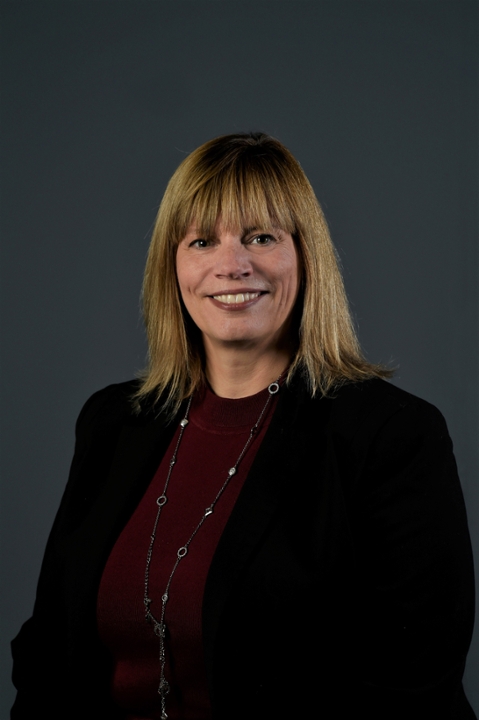
USask enrolment increases during pandemic
SASKATOON – Between May 1, 2020 and April 30, 2021, the number of students attending the University of Saskatchewan (USask) totaled 25,965, which is an overall increase of one per cent compared to the previous year and the highest enrolment to date.

“I’m excited that together we found a way to educate more students than ever before, all while trying to navigate a pandemic," said Alison Pickrell, assistant vice-provost, Strategic Enrolment Management. “What impresses me the most are the students, faculty and staff who persevered during all of this. Students kept learning, faculty kept teaching and staff continued to keep the university running. I’m proud of us—we are a resilient community.”
The number of students in undergraduate and graduate programs increased by two per cent. Enrolment decreased in non-degree programs mostly because fewer students enrolled in the English language program offered at the USask Language Centre.
Students taking programs at the Language Centre tend to come from outside of Canada and travel restrictions made that impossible, which resulted in a decrease in enrolment, according to Pickrell. In 2020, programs at the Language Centre were moved online, and going forward, starting in the fall, students will have the option of taking classes online or in person.
“Students appreciate being immersed in the culture in many situations, but due to the continued uncertainty around travel we are finding a growing interest in students who want to start online and have more flexibility,” said Pickrell. “The Language Centre is also utilizing technology to find creative ways to engage students with their instructors and the Canadian culture, despite not being in person.”
Overall, international enrolment went down by seven per cent with decreases mostly in short-term visiting, exchange, visiting research, and English language programs. Again, Pickrell says travel restrictions contributed to the decrease in enrolment.
The number of classes students registered in increased by three per cent. Pickrell suspects that is due to more students taking classes over the fall, winter, spring and summer terms. While, in previous years, most students took classes primarily in the fall and winter terms.
“I had anticipated, with courses being online, students would take fewer classes at one time. Perhaps many did adjust their course loads; however, we observed that more students were registering for classes across the whole year,” said Pickrell.
“I think more students chose to take classes over the whole year because of the convenience and flexibility of online learning and because there were fewer opportunities, job opportunities and otherwise, available during the pandemic.”
Pickrell said students’ origins are similar to previous years with 68 per cent of students from Saskatchewan, 17 per cent of students from out of the province, and 15 per cent originating from outside of Canada. Out of those from Saskatchewan, 68 per cent are from urban communities, while 32 per cent are from rural areas.
While classes are offered remotely, USask is gathering study location information from students. In the 2020 Fall Term and 2021 Winter Term, Pickrell said USask students were studying from a variety of locations across Saskatchewan, Canada and internationally.
“Many of our USask students located in Canada studied within their home communities or moved temporarily closer to family or friends in other provinces,” said Pickrell. “Many internationally located students were unable to travel to Canada and stayed in their home country to begin their studies.
“The result is that many of our 2020-21 cohort of new students have not yet set foot on a USask campus. We are looking forward to re-welcoming them as in-person learning opportunities become available over the fall 2021 and winter 2022 terms.”
During the 2020-2021 academic year, Indigenous student enrolment increased by one per cent, with Indigenous students now representing about 13 per cent of the total student population. Pickrell said although the retention of current Indigenous students is strong, new Indigenous students starting at USask was down, likely because of a hesitation to start classes remotely.
“There are a number of mitigating factors that contributed to some students choosing not to start university in a remote setting during a pandemic,” said Pickrell. “Some are the reliability of technology, the financial challenges, the preference to study in person, the preference to have on-campus supports, activities, and engagement, and the practicalities of studying at home in regards to space, privacy and childcare.”
Pickrell said USask continues to prepare for planned enrolment growth, and that the current academic year (May 2021 – April 2022) is looking good so far. This year’s spring term had more students registered in classes than ever before, the summer term is in progress with slightly decreased enrolment, and the upcoming fall term is looking very strong as students continue to register for fall classes. USask will release first-day-of-fall-classes enrolment data in early September.
For more information about how USask is measuring and tracking its progress in fulfilling the goals and aspirations of the University Plan, visit the Reporting page on leadership.usask.ca.
For more information, contact:
Victoria Dinh
USask Media Relations
306-966-5487
victoria.dinh@usask.ca

